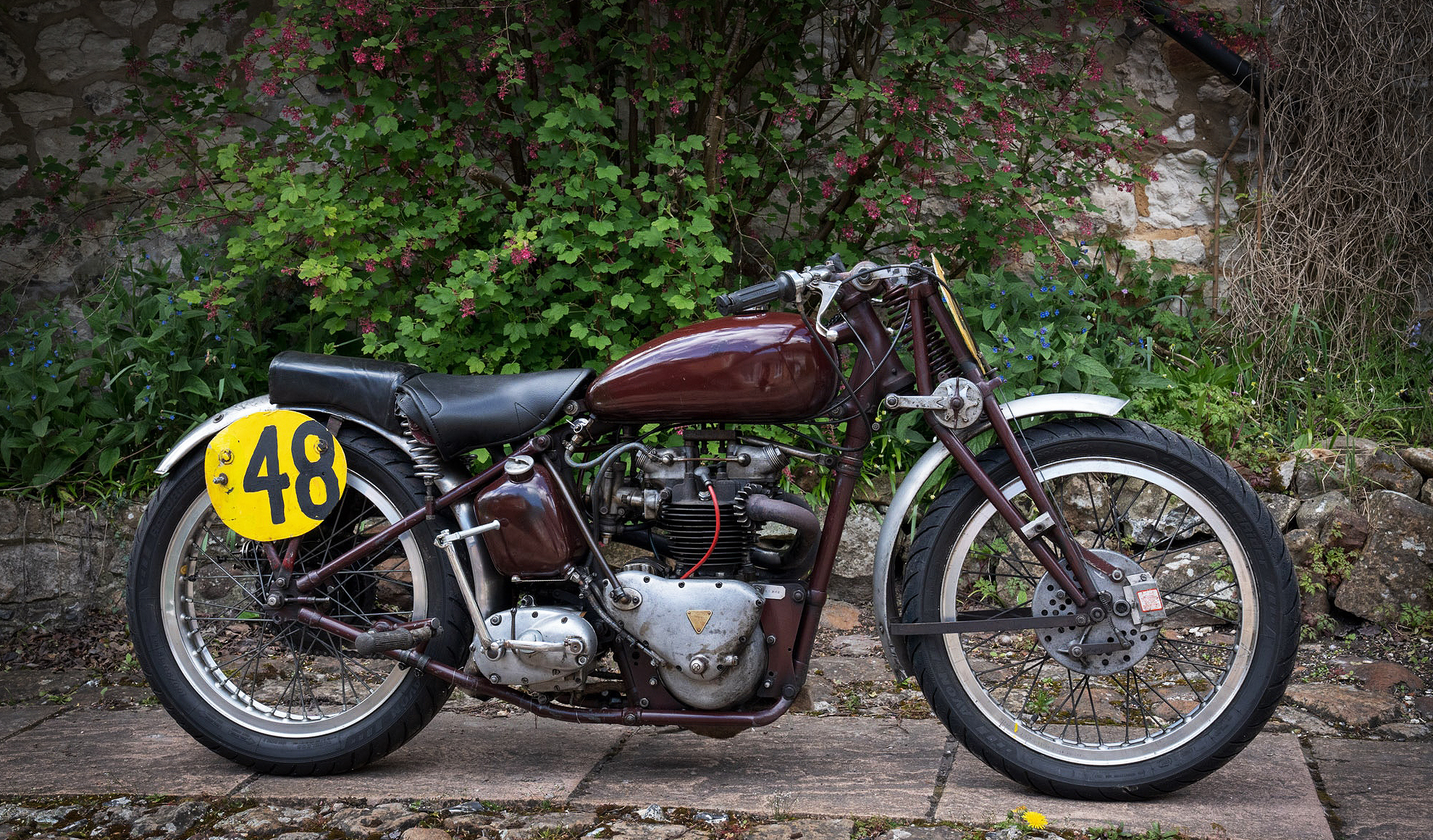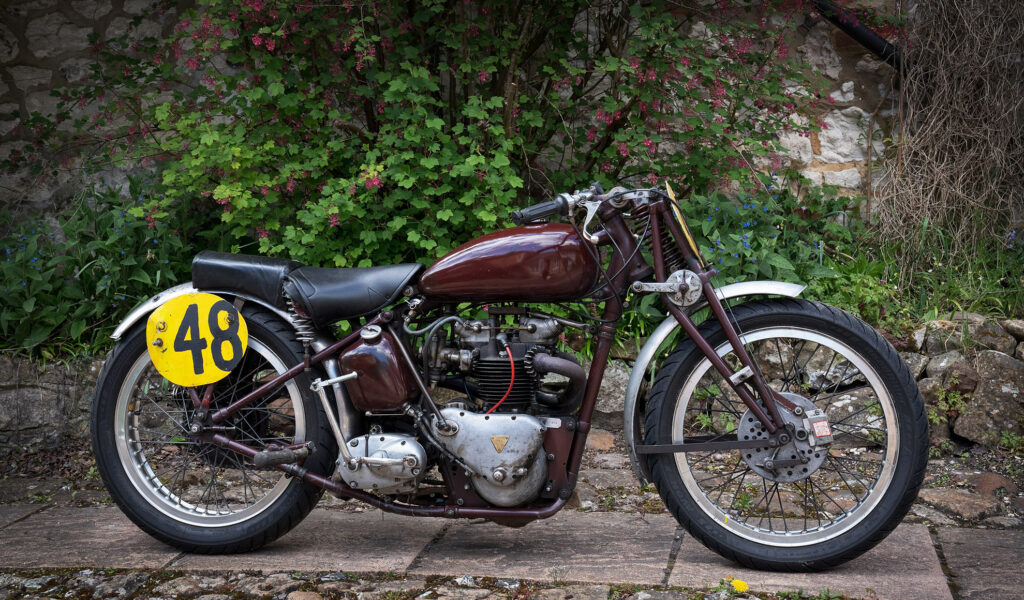
Walk into your local Triumph motorcycle dealership and the Speed Twin will instantly catch your eye as one of the best-looking examples of a modern classic; with its stunning retro lines and punchy on-road performance. But many may not know that the Speed Twin name and architecture goes back more than eighty years, to a time when the world was suffering through the great depression and the British motorcycle industry needed reinvigorating. Enter the brilliant mind of motorcycle designer Edward Turner – he’d been literally building bikes since he was a boy and upon joining the Triumph factory – his first complete motorcycle was the 1937 Speed Twin. This example is currently for sale, having been ridden and raced, and serves as a living reminder of one of motorcycling’s great success stories, from a period when times were truly tough.
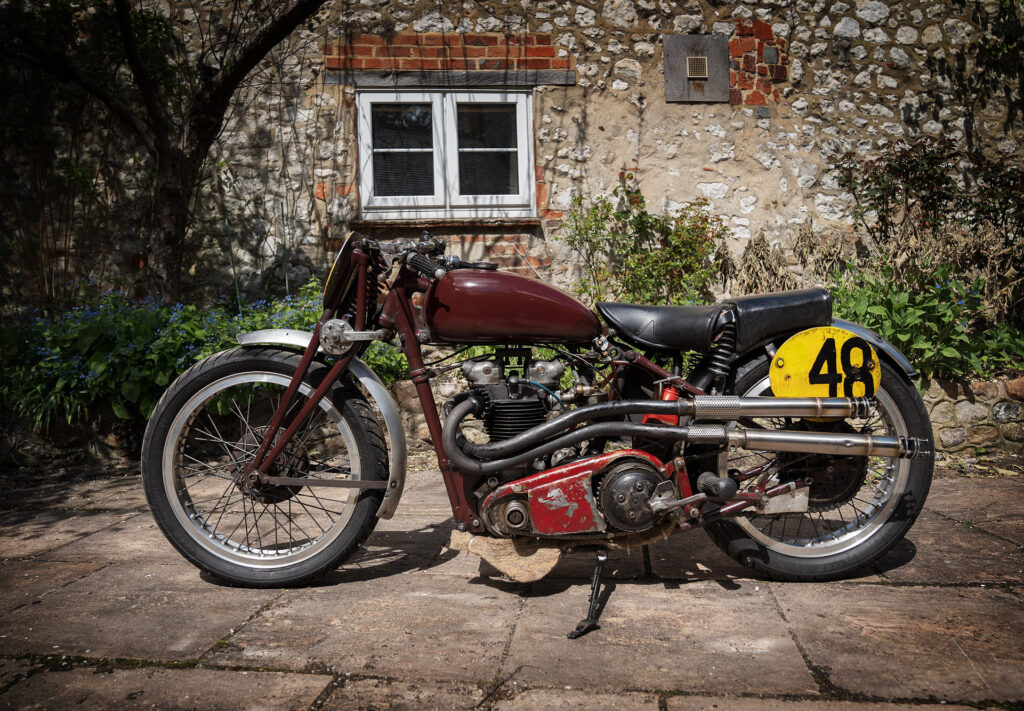
In the year 1937, with Hitler rising and the depression still crippling much of the world, a reprieve from it all could be had for the motorcycling community by attending the annual shows in London. At the major show at Earls Court, Brough Superior displayed one of their more incredible machines to date, a complete show-readied example with all the fruit that was then sold off to a customer the following year. This was motorcycling at its most elite, but at the nearby Olympia Exhibition Hall, Triumph had caused a stir at a different show, with the introduction of the all-new Speed Twin. The crowd knew it was special, but they could never have known its impact for decades to come.
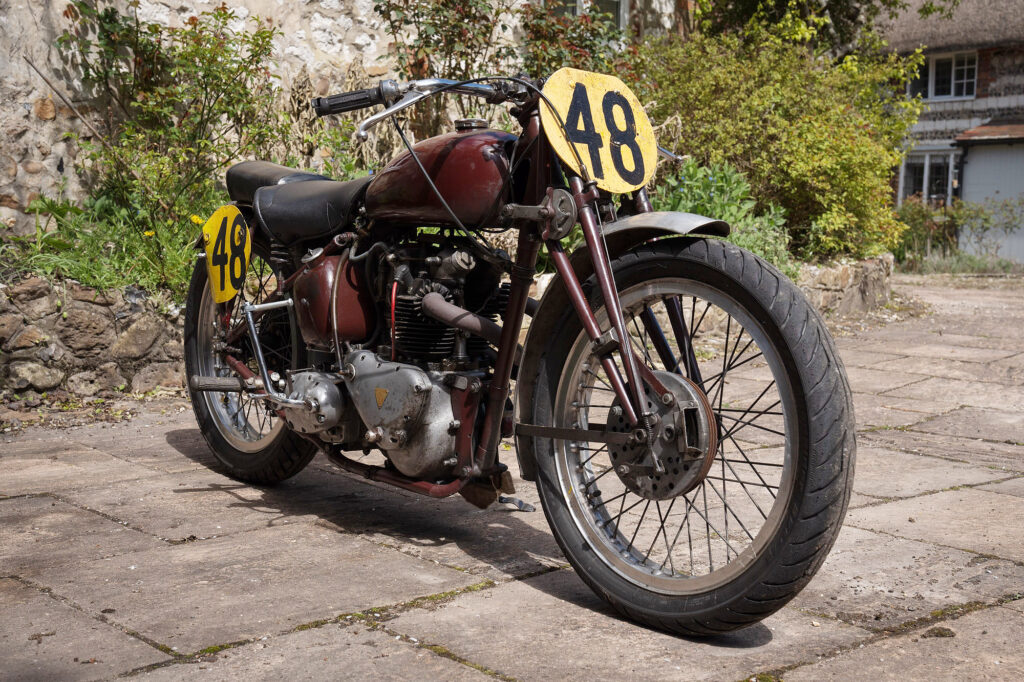
Those crowds could have easily walked away thinking the Brough was truly the future, but two years later and the company ceased production. A motorcycle that cost more than the annual wage at the time just wasn’t a sustainable product with the war around the corner. Just a year earlier and the struggling Triumph had been bought by industrialist Jack Sangster, who also owned Ariel and moved one of his designers, Edward Turner over to the Triumph factory. Turner’s task was to rationalise the model line-up, but a true innovator of his time and granted 5% of the company’s profits, Turner wanted to create a revolution.
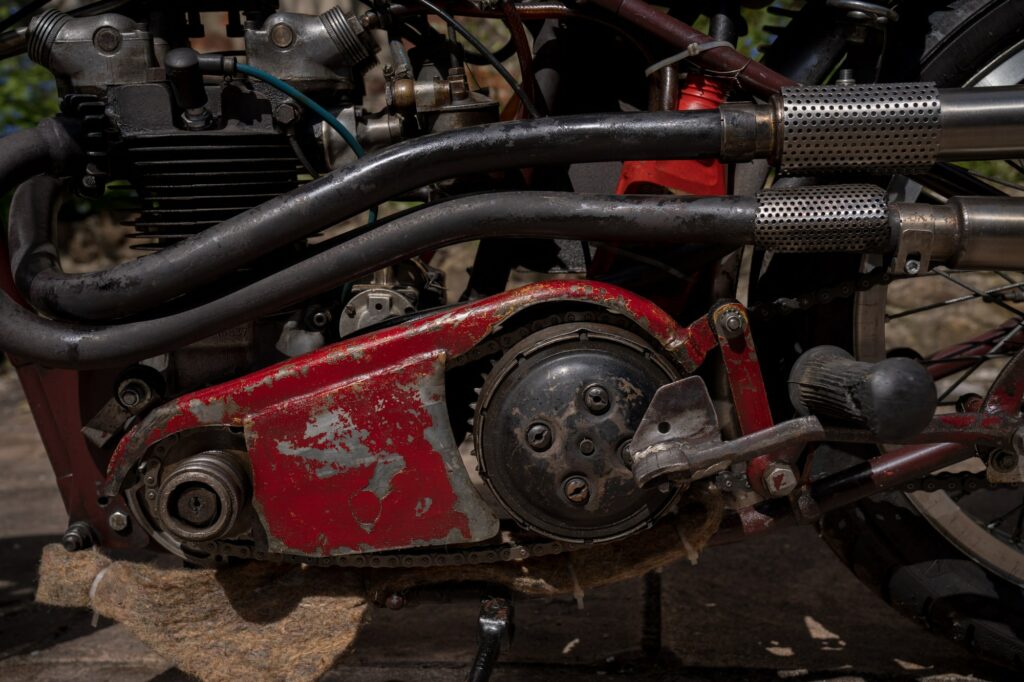
Most of the motorcycle market was still using single-cylinder engines and development had all but stalled. Turner had created the Ariel Square Four years earlier and was no stranger to multi-cylinder engines. But what he understood was that a new bike had to be better, still affordable and without appearing to be radical. The buying public was very conservative but they wanted more, they just didn’t know it, and Turner had the answer. The solution was the creation of the first truly successful parallel twin engine and in the Speed Twin, it was packaged in a motorcycle that was both a sporty performer and yet one that looked like a bike the public was used to; trick them with simplicity!
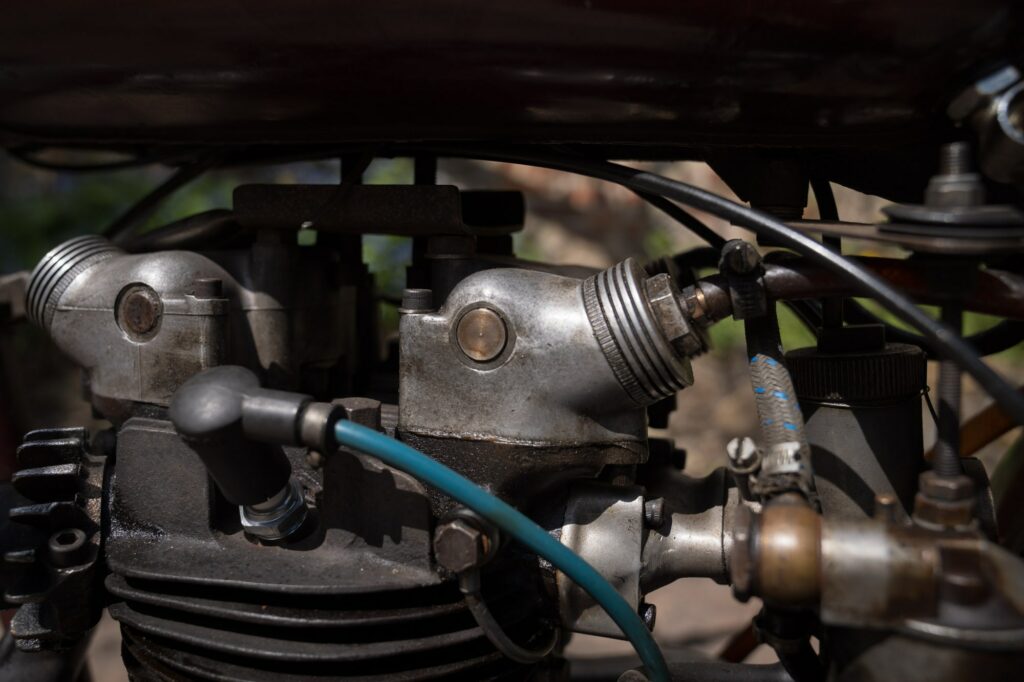
The engine was compact thanks to Turner’s brilliant design that allowed him to package a twin-cylinder 500cc, into a narrower crankcase than the company’s singles of the same displacement. This helped the overall weight of the motorcycle and increased its handling performance, which was further boosted by the fact the engine itself produced more horsepower and torque than its counterpart singles while being smoother and more friendly to ride. A solid 28bhp was sent through the pre-unit construction four-speed gearbox and allowed its pilot to hit a top speed of 145km/h.
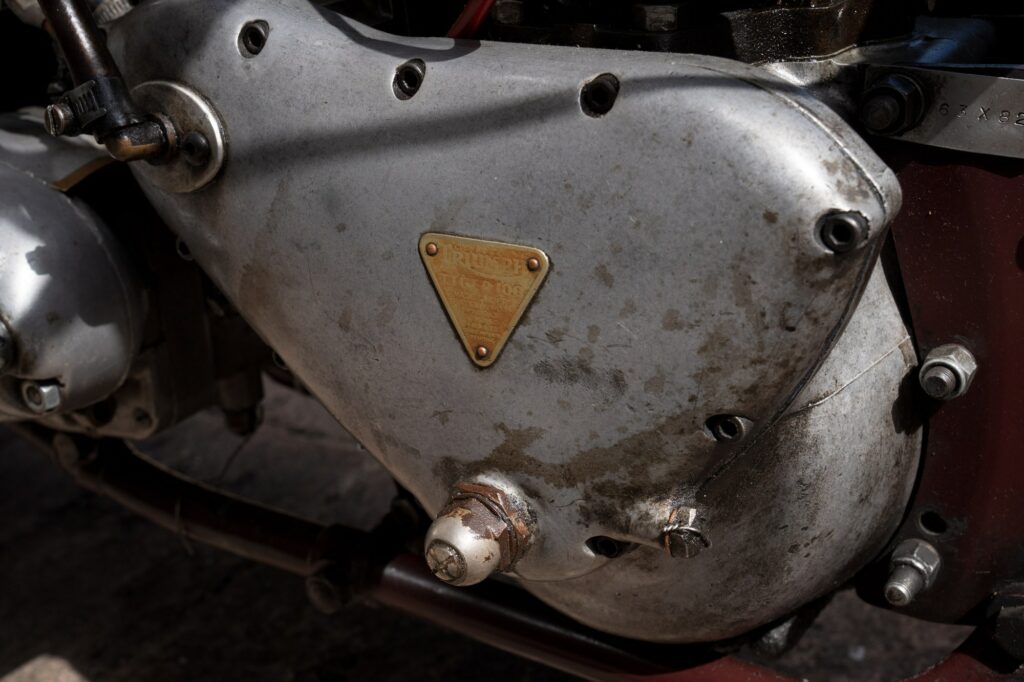
To put it all into perspective, the same year you could also buy yourself a Triumph Tiger 90 that had been radically improved by Turner. It too had 500cc of displacement but in a single-cylinder configuration not of his design, which had less power, weighed more, wasn’t nearly as smooth and used more fuel. And then there was the real kicker, walk into your local Triumph dealer and the old hat Tiger was £70, or for just £5 more, you could have yourself the Speed Twin. The public voted with their wallets, even in those hard times, and although the war would delay the full rollout of this new way of motorcycling, when it ended the explosion began.
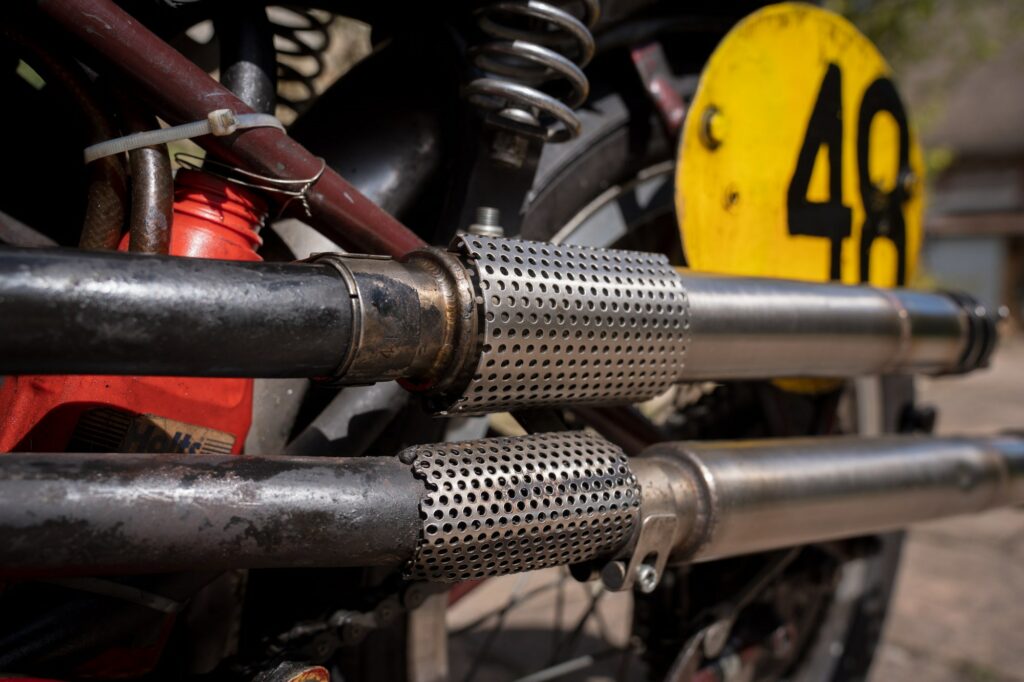
With Hitler dead and defeated, the British were back and would spend the next few decades dominating the two-wheeled world, with parallel twins at the centre of excellence. BSA had the Gold Star Twin, Norton had the Dominator and the Commando, Matchless the G9, AJS the Model 20 and for his last design at Triumph, Edward Turner launched the Bonneville T120.
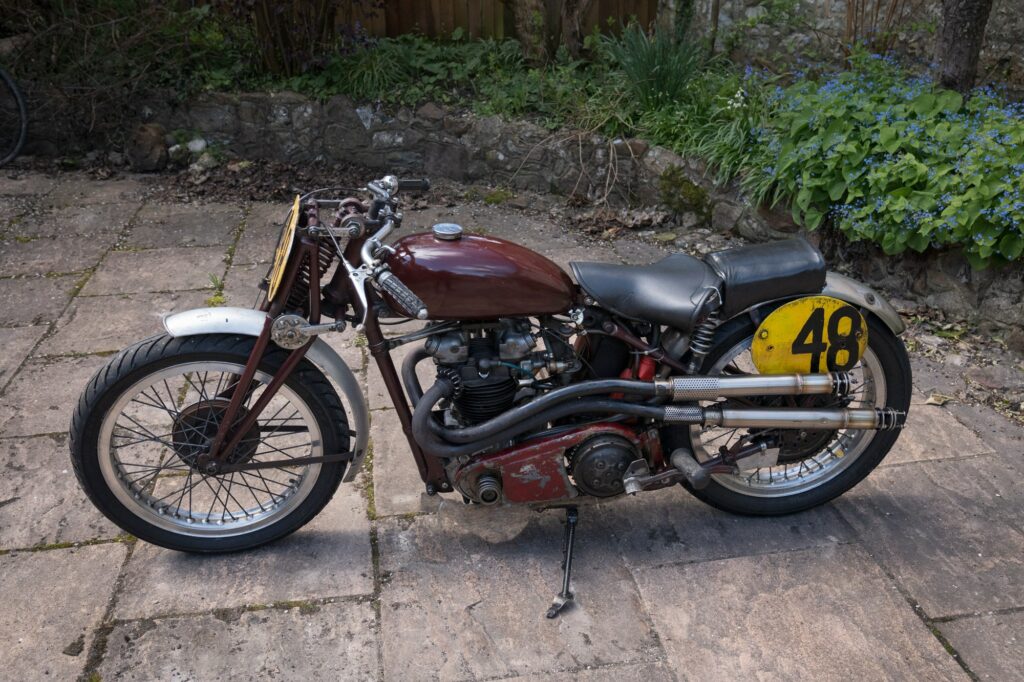
It is this range, the Speed Twin design philosophy and engine configuration that saved Triumph on multiple occasions and is now the backbone of its success today in the modern retro market. And endless engineers have followed Turner’s path to this day, from Honda’s new Africa to the rampaging KTM 890, brand new offerings from Suzuki and Honda, and the amazing success of the latest Royal Enfield, twin is the word.
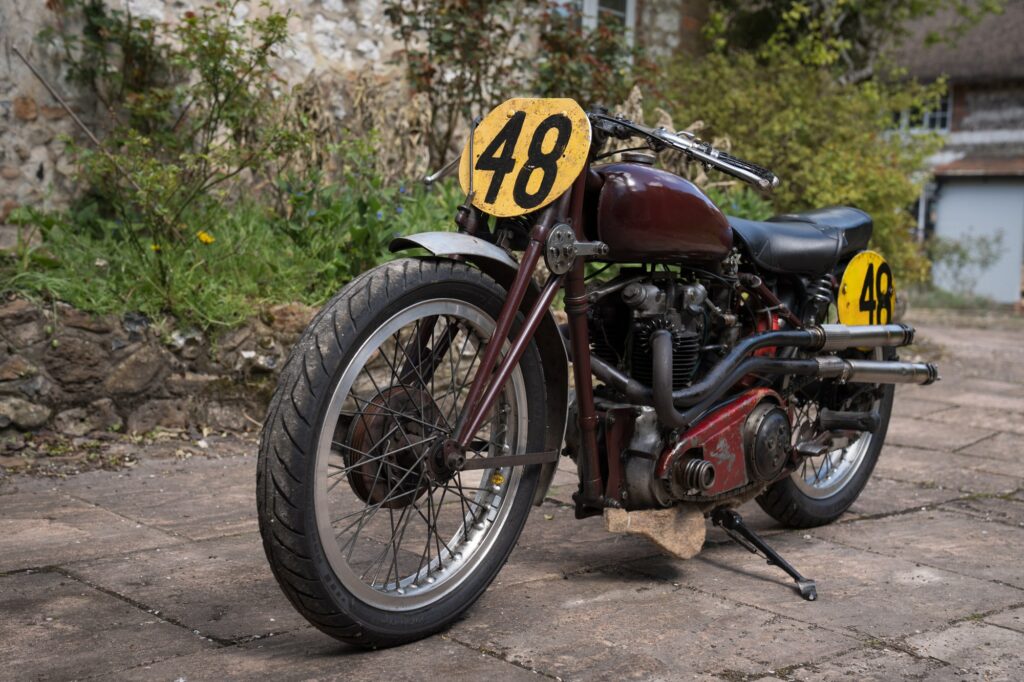
The motorcycle that sits before you is a true example of all of this success and why Turner’s design remains such a popular part of the everyday man’s motorcycle. A Brough Superior cost more than an annual wage in the ’20s and ’30s and these days you’ll need to be rich to own one if Jay Leno hasn’t already bought it. But from that same period, this Speed Twin is up for auction on CollectingCars.com – and is sitting at £1,800 with just two days to go.
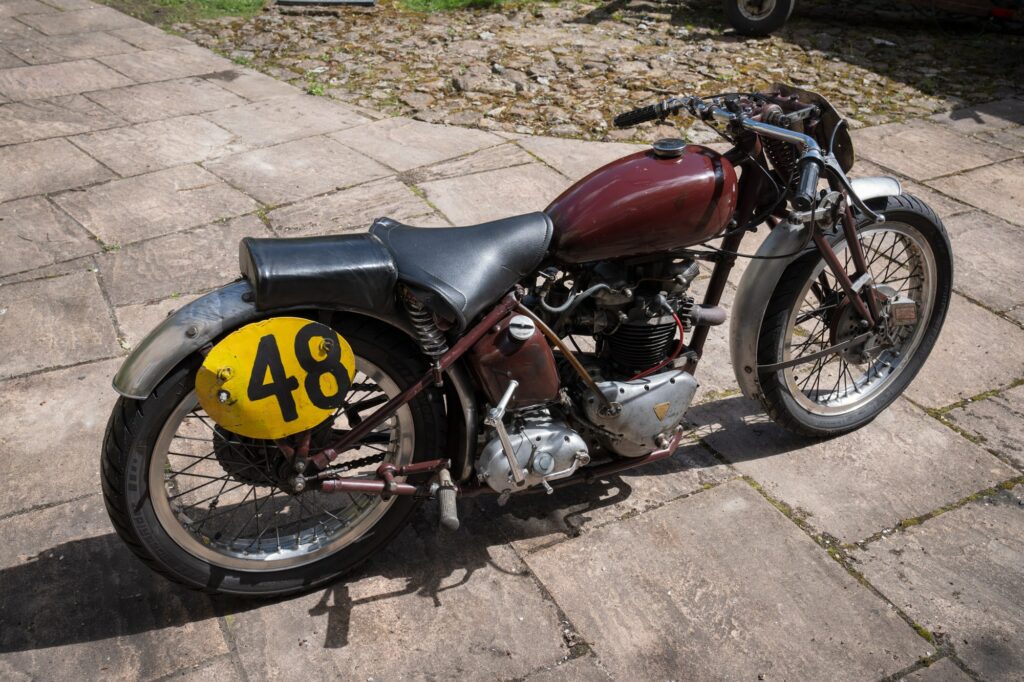
She’s been stripped down to race, still sports the beautiful girder forks, a nice patina on the paint and the paperwork to show she’s always been ridden hard – on and off the track. Cheap usable history for one and for the rest of us – something to simply admire in photo form – because the story of the Speed Twin has always been worth telling.
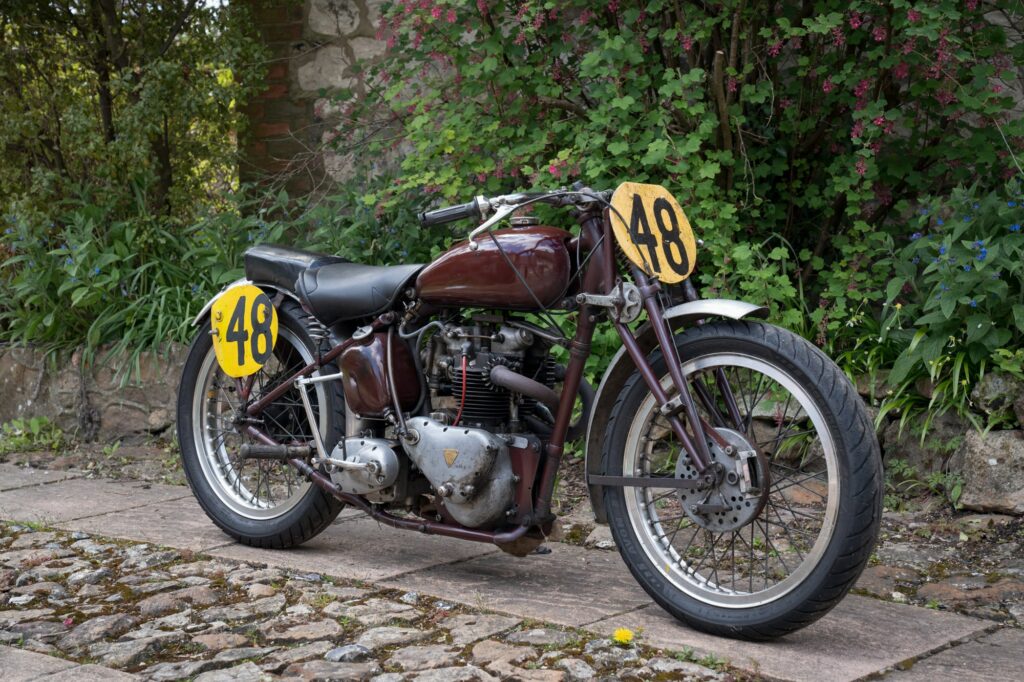
[ AUCTION ]

